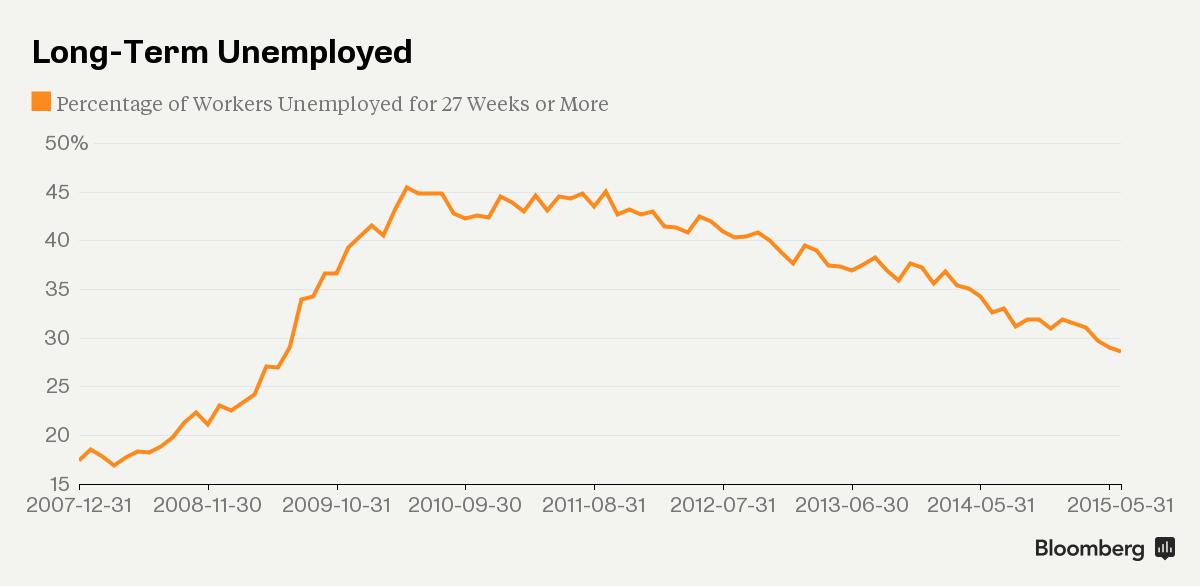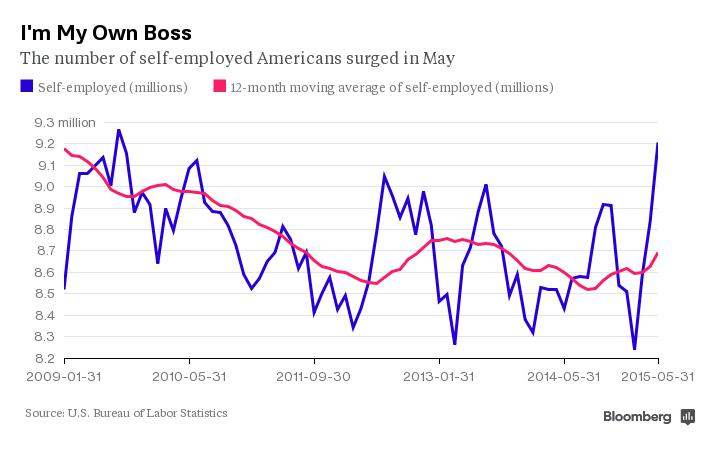Is the U.S. Economy Actually Leaving China Behind?
There is a debate over which country has the world's largest economy. One side cites
gross domestic product adjusted for purchasing power parity and puts China on top, while various other indicators show the
United States ahead. The claims are used to gauge China's importance, highlight Sino-American competition, and sometimes identify China as a threat.
What is almost never in dispute is that China is rising economically relative to the United States. If China is not ahead yet, it is said,
the day is coming when it will be. However, at least one vital indicator casts doubt on that thesis: national wealth. From the beginning of 2008 through the middle of 2014, China may have lost ground to the United States in total wealth.
Despite a slowdown, China is still reporting GDP growth about three times faster than that of the United States, and is thus catching up in annual GDP. Why use wealth and not GDP? To be concise,
we have forgotten what GDP is.
Gross Domestic Product is a measure of transactions, whereas the goal of economic development is not more transactions, but more wealth. On Jan. 2 of each year, GDP is tiny, but the economy is not. Economic activity can be measured by GDP, but the size of an economy cannot be - wealth is a far better measure.
Credit Suisse has been measuring
net household wealth in most countries since 2000. This is a difficult task, and errors are unavoidable. Nonetheless, Credit Suisse has found consistent numbers from applying comparable methodology over the past 15 years. Further, their figures for the United States are fairly close to the Federal Reserve series on
American net private wealth.
At the end of 2000, Credit Suisse put net private American wealth at $42.9 trillion, compared to $4.7 trillion for China: a ratio of more than 9:1. The Credit Suisse numbers do capture China's rise. By 2007, the figures sat at $64.5 trillion and $15.4 trillion, respectively. China's net private wealth had more than tripled, and the size ratio of the two economies had fallen sharply, to well under 5:1.
In 2008, of course, the financial crisis hit. It was seen as
speeding up America's decline and paving the way for China's rise. Closing on seven years later, the outcome looks quite different.
The latest Credit Suisse figures are from the middle of 2014. Chinese private wealth stands at $21.4 trillion, and American wealth at $83.7 trillion. It would have obviously been unreasonable to expect Chinese wealth to triple again, but the absolute increase from 2007 to mid-2014 was only $6 trillion, versus $8.75 trillion from 2000 through 2007. China grew only 40 percent over this period.
The financial crisis certainly affected the United States as well. American private wealth growth dropped to 30 percent from 2007 to mid-2014. But the pace at which China is overtaking the United States slowed dramatically, and the size ratio barely budged. From 2007 to mid-2014, the private Chinese economy moved only from 24 percent to 26 percent of the size of the private American economy.
Moreover, the slightly shrinking ratio may be trumped by the absolute wealth gap. This gap rose from $49 trillion to $62 trillion, a bigger expansion than that seen from 2000 to 2007. On this score, China is not catching up - it is losing ground by the trillions.
The world's fixation on GDP, which
even China is renouncing, is not a good rebuttal to this point. A better one involves public wealth, as Credit Suisse (and the Fed) only measure private wealth.
Public wealth is much more difficult to measure. American federal debt is
well tracked, while state and local debt has ranged from
$1.5 trillion to $3 trillion over this period.
But a precise figure for U.S. public sector assets is out of reach. Federal land holdings are a full
28 percent of total U.S. acreage. Depending on how land would be sold and the value of embedded resources, it could be worth less than
$2 trillion (land only), or more than
$100 trillion (if resource prices stay high for a long time). Land owned by U.S. states adds to that total. Federal and state-owned
physical property, primarily buildings, may be worth another $2 trillion.
At the end of 2000, U.S. public debt exceeded $7 trillion. A conservative and very rough estimate of the value of U.S. public assets in 2000 was $5 trillion, putting net U.S. public wealth at about -$2 trillion and total U.S. wealth near $41 trillion. The same rough calculations put total U.S. wealth at approximately $59 trillion in 2007 and close to $72 trillion by mid-2014.
Chinese public debt is not easy to evaluate, beyond the fact that it has
grown very rapidly. In 2000, most debt took the form of bank loans, but non-bank finance, known as shadow lending,
has since expanded. State-owned enterprises and local governments receive
disproportionate credit, though obviously not all. Less important until recently was the central government's fiscal debt.
The Chinese government owns all rural and some urban land, though the value of the land is far lower than its equivalent in the United States, due to land quality and resource depletion. The Chinese state also owns trillions in assets through state-owned enterprises. Combined, gross assets were reportedly worth more than
$14 trillion in 2011, and
also had been growing. Assets net of debt
exceeded $6 trillion in 2013.
Using official data on debt and a very round estimate for public assets in 2000, China's total wealth measured above $7 trillion in 2000, $19 trillion in 2007, and near $28 trillion in mid-2014.
While mixing in the public sector definitely reduces the precision of the estimates, it does take them in the right direction. The gap between the full American and Chinese economies has never been as large as the private sector taken alone indicates.
The revised numbers show China climbing from almost 18 percent of American wealth in 2000 to over 32 percent in 2007 - a truly impressive gain in only seven years. By mid-2014 the figure stood at 39 percent, showing gains that are much slower, but gains nevertheless.
The argument that the United States is pulling away therefore rests on the absolute gap, which rose from $34 trillion, to $40 trillion, to $44 trillion by mid-2014. Here China is not catching up, but rather falling behind at a slower pace. This has enormous practical implications, with the United States still adding trillions more to its national wealth than is China; additional wealth that enables greater economic prosperity, military spending, and global leadership.
Considering GDP in this light actually makes the claim sharper. Which is preferable for policymakers and ordinary people: catching up in the value of economic transactions per year, or having several trillion dollars in additional national wealth? The former is a fairly good sign for economic development, but the latter is the true goal.
The stock market boom in China will accelerate private wealth gains. On the other hand,
U.S. debt accumulation is now
slower than China's. Looking further down the road, China's economy is plainly slowing (by any measure), while the U.S. outlook is uncertain. The absolute wealth gap rose despite very rapid Chinese expansion from 2000 to 2007. It is $10 trillion larger than it was in 2000. China has done surprising things, but closing this gap with the United States by more than $10 trillion would be one of the most surprising.
There are certainly economic measurements on which China is catching or has caught the United States. But on arguably the most important one, total national wealth, China does not look to be catching up and does not seem to have much prospect of doing so.
Is the U.S. Economy Actually Leaving China Behind? | RealClearWorld

















